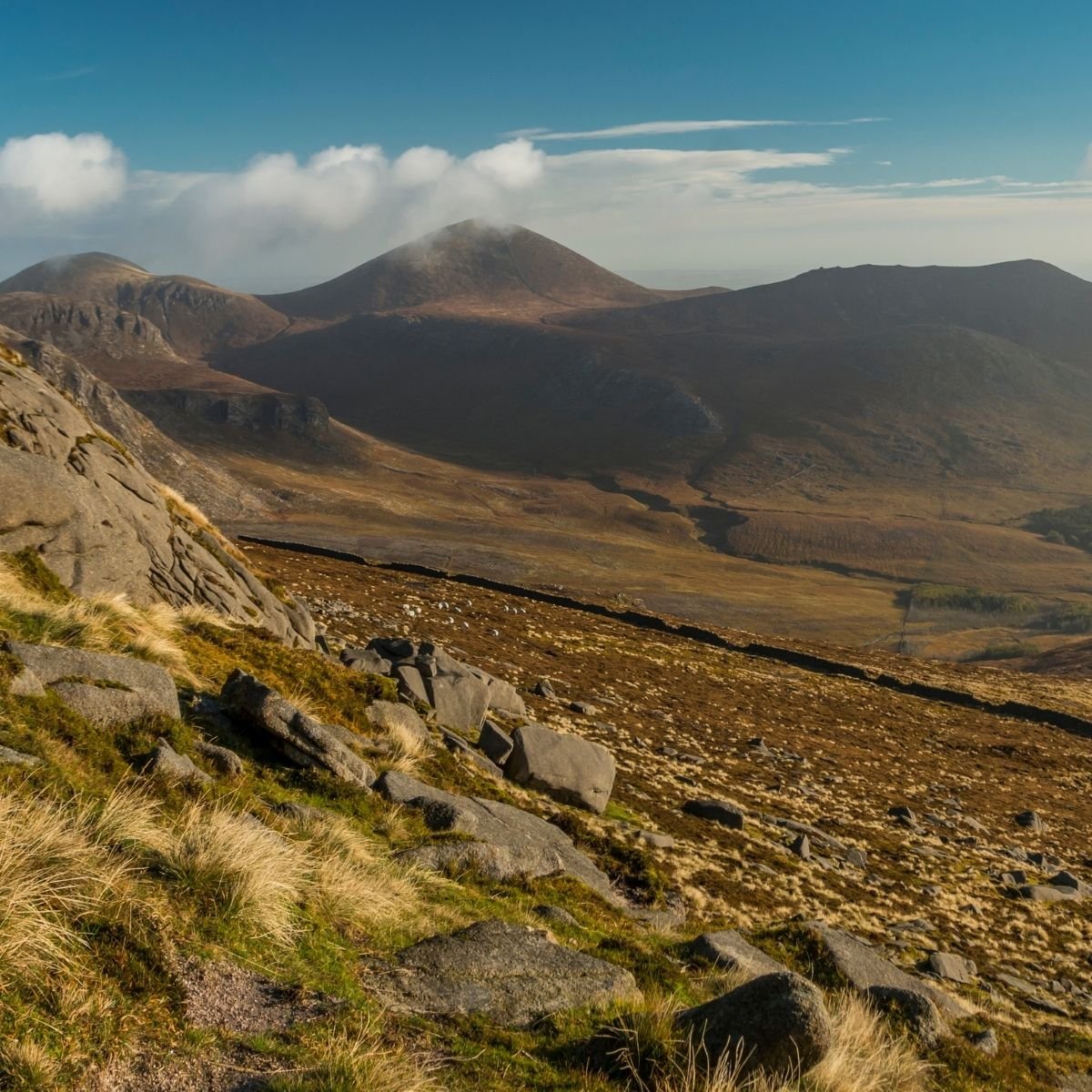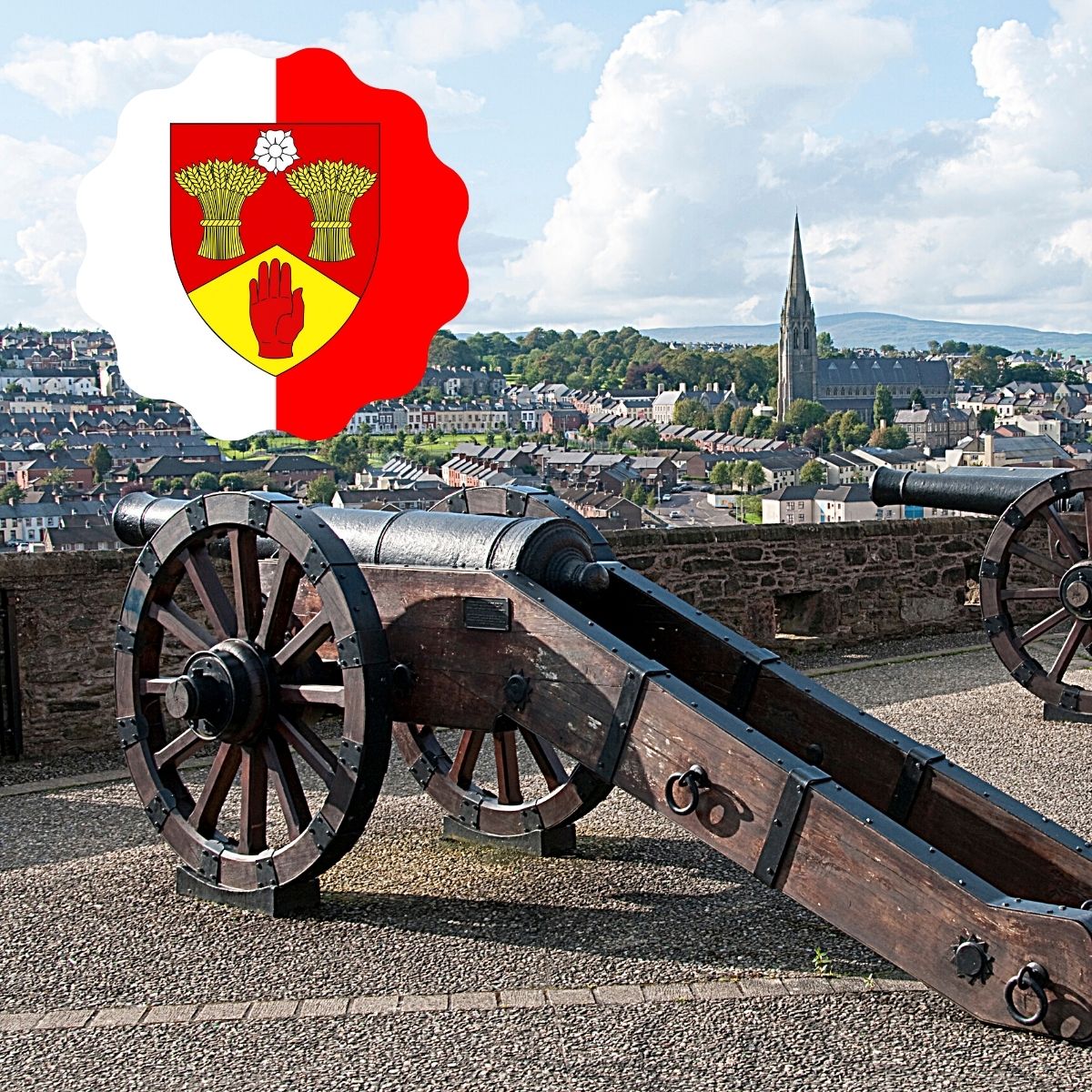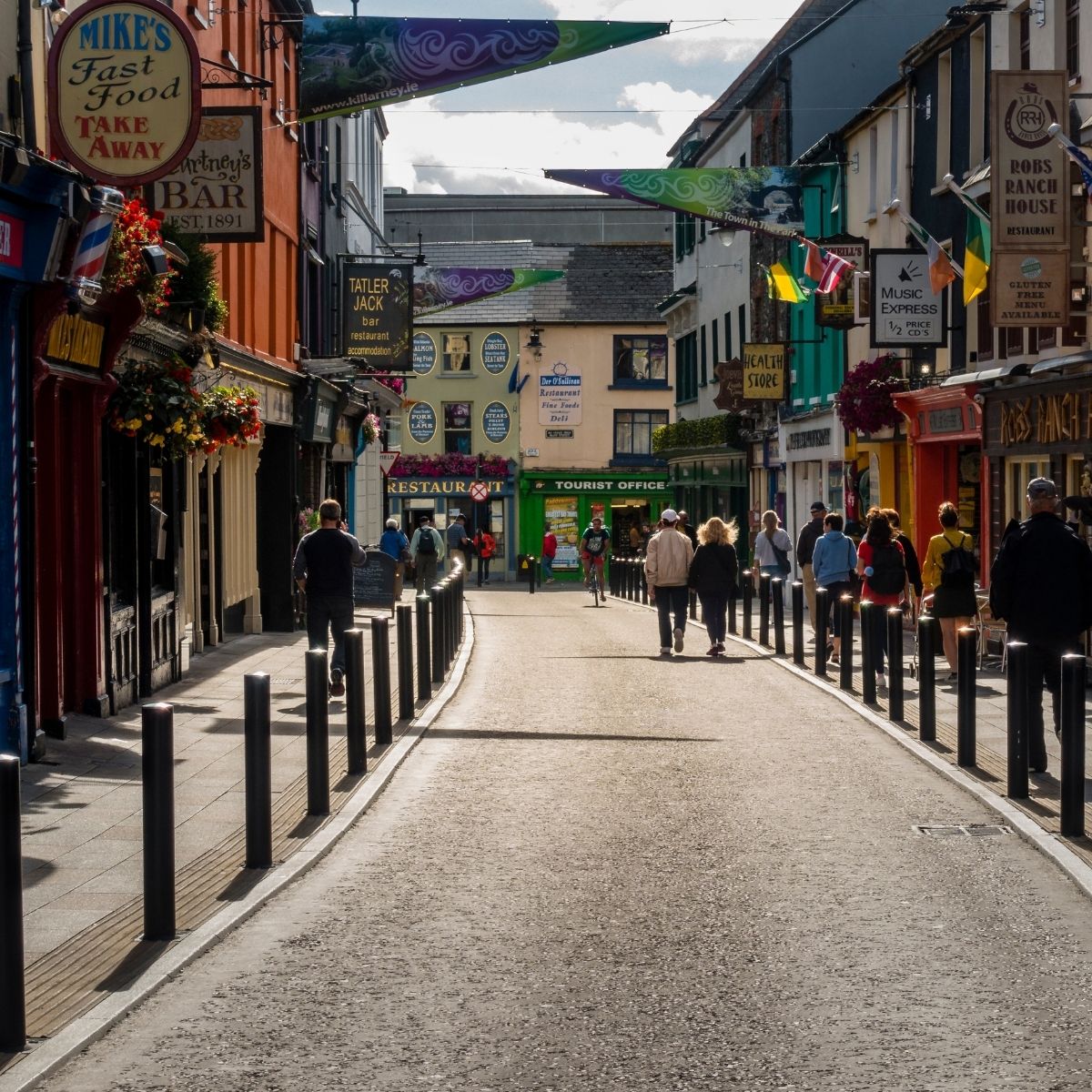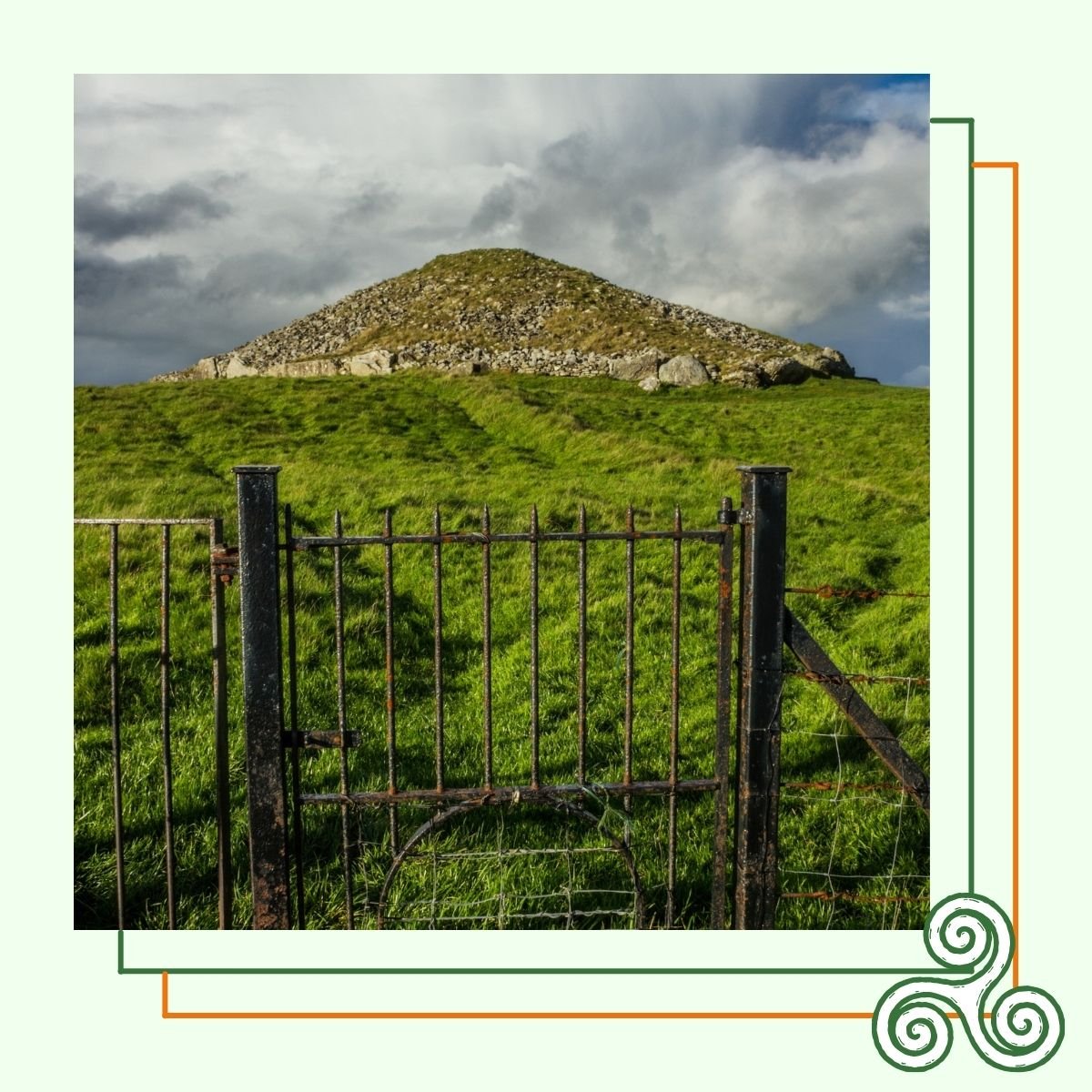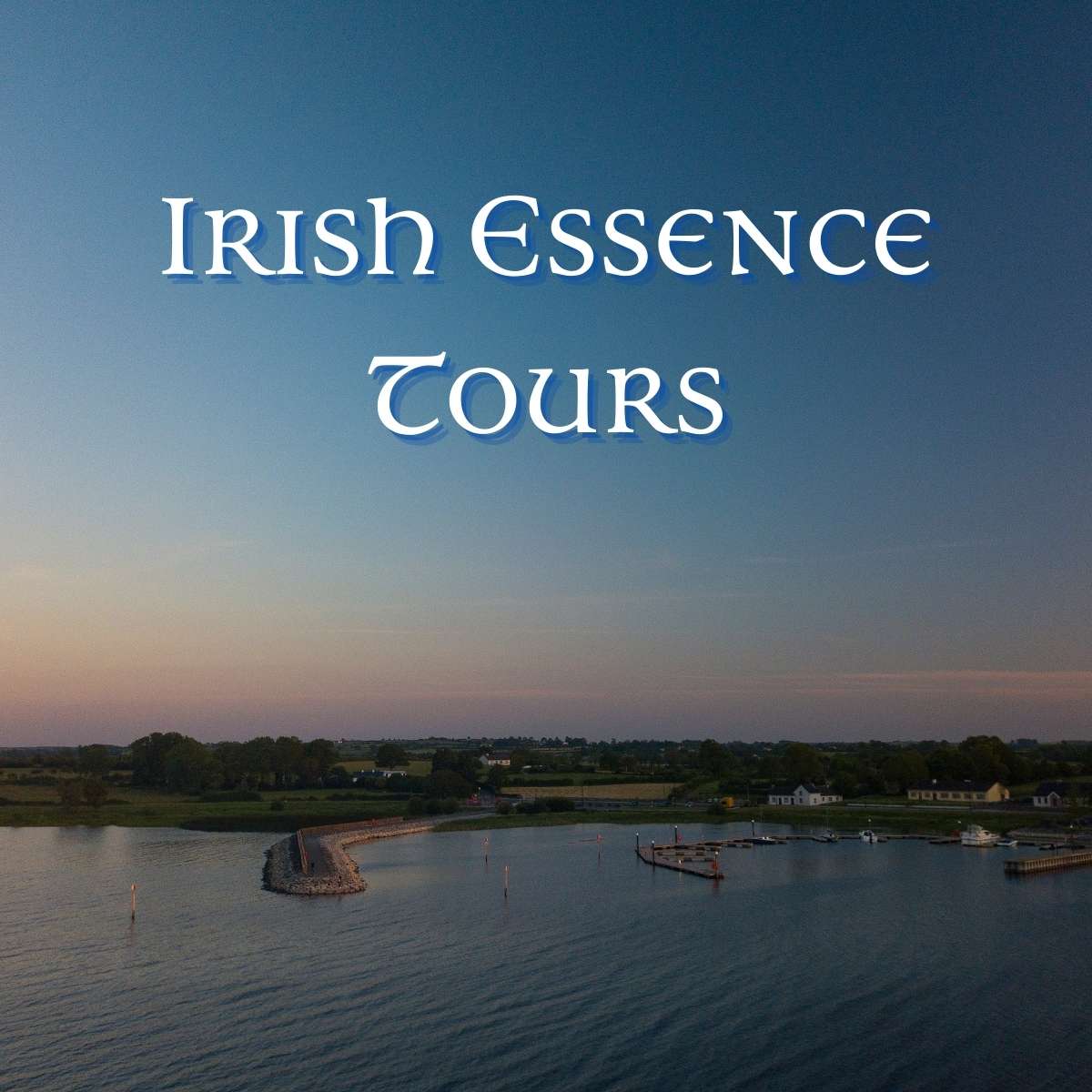Lessons For Tourists
-
You Don’t Just Visit Ireland - You Feel It In Your Soul
-
County Sligo Land of Heart's Desire
-
County Roscommon
-
5 Places You Can Learn Irish Dance Online
-
County Offaly - The Heart of Ireland
-
Dunluce Castle: History and Cultural Relevance
-
Where To Celebrate Paddy's Day In Ireland
-
Slieve Binnian - A Peak In The Mourne Mountains
-
Old Irish Boreens
-
7 Avoidable Mistakes When Planning A Trip To Ireland
-
Turas Éireann - An Irish Tour Company That Goes The Extra Mile
-
County Longford - The Heart of Ireland
-
County Limerick - The Treaty County
-
Monthly Update From Anne Driscoll
-
How to Tour Ireland Your Own Way
-
Introducing Savor Ireland Tours
-
Cycling In Ireland
-
A Guided Tour Of Derry With An American Twist
-
Why Do People Kiss The Blarney Stone?
-
Ireland's Thin Places
-
Donegal Airport - Voted One Of The World's Most Scenic Airports 2016
-
Cycling Routes In Ireland
-
Old Irish Ways Heritage Museum
-
Family Fun In Killarney
-
Water Activities In Ireland
-
The Aromas Of The Irish Countryside
-
Furrowed Fields
-
Skellig Michael
-
Exploring The River Shannon
-
Loughcrew Megalithic Centre
-
The Best Events In Ireland For 2015
-
The Meaning of Some Popular Irish Last Names
-
Living In Ireland, Then And Now
-
What Is Irish Turf?
-
Ireland's Arched Bridges
-
Introducing A New Social Community For Movers To Ireland
-
The Irish Cuppa Tea Plus A Giveaway From Dolmen County Retailers
-
Top Ten Reasons Why Tourists Love Ireland
-
The Wild Atlantic Way
-
Memories Of Secret Coves, Hidden Steps and Pirate Queens
-
Irish Fireside - A Wonderful Website For Planning A Trip To Ireland
-
Irish Essence Tours









